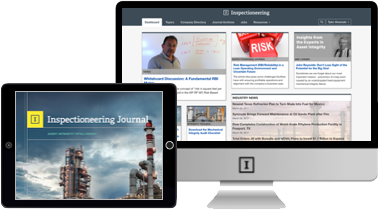The Concept of Reliability Engineering
Equipment failures can injure people and cost money. The downtime, loss of production, and repair and replacement costs contribute to lost opportunities and lost profit. Unfortunately, everything will fail at some point. However, from electronics carried in a drill string to valves in a production facility, unexpected or premature failures can be avoided. Understanding what will fail and when failures will occur provides a means to manage equipment and minimize the costs of failure. This is the concept of reliability engineering.
Reliability engineering tools and concepts can be used to avoid or delay failures, thus increasing product service life. Design or maintenance teams use reliability engineering techniques to identify failures and their causes. To do this, they use a wide range of tools and work across the entire product lifecycle and organization. Reliability engineering makes use of risk analysis techniques, exploratory experiments, accelerated life testing, modeling, process control techniques, product and process testing, root cause analysis, failure modes and effects, and field data analysis. Software, hardware, and human factor aspects of a product all come into play. Line operators, design teams, vendors, failure analysts, and all levels of management take part in active reliability engineering programs.
Although officially designated reliability engineers can coach, teach, and mentor others in the organization on how to make decisions while considering the impact on reliability, much of the actual reliability engineering work is best done by others in the organization. Reliability engineers often function in a supporting role, bringing their expertise and experience to bear to solve problems related to product failure.

















Comments and Discussion
There are no comments yet.
Add a Comment
Please log in or register to participate in comments and discussions.